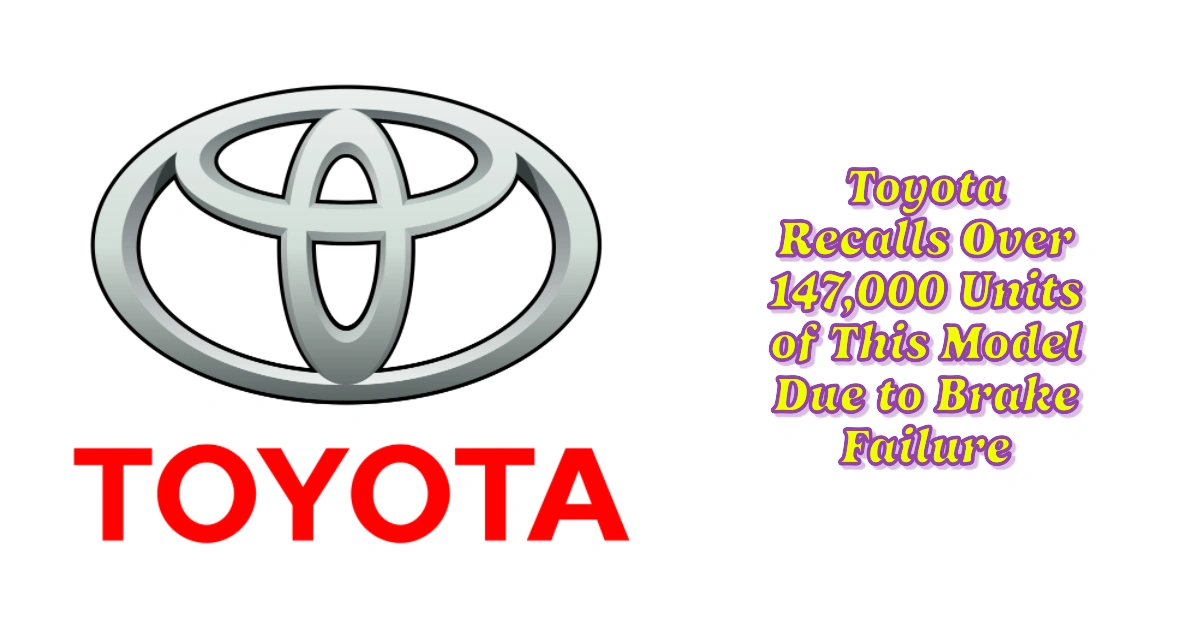As Canadians age, many seek ways to tap into their home equity to support their retirement. One popular option is the CHIP reverse mortgage, which provides homeowners with a way to access funds without needing to sell their property. This article will explain how CHIP reverse mortgages work, their benefits and drawbacks, eligibility requirements, and the latest updates on this financial product.
Table of Contents
What is a CHIP Reverse Mortgage?
CHIP, or the Canadian Home Income Plan, is a reverse mortgage program offered by HomeEquity Bank, a federally regulated bank in Canada. A reverse mortgage allows homeowners, typically aged 55 and older, to borrow against the equity in their homes while retaining ownership. Unlike traditional mortgages, no monthly repayments are required; instead, the loan is repaid when the homeowner sells the home, moves out, or passes away.
How CHIP Reverse Mortgages Work
1. Accessing Home Equity
Homeowners can borrow a percentage of their home’s appraised value, typically ranging from 30% to 55%, depending on their age, the home’s value, and the location. The older the homeowner, the more equity they can access.
2. No Monthly Payments
One of the significant advantages of a CHIP reverse mortgage is that borrowers do not need to make monthly mortgage payments. The interest on the loan accumulates and is added to the principal amount, which means that the total debt grows over time.
3. Receiving Funds
Homeowners can choose how to receive the funds:
- Lump Sum: A single payment of the approved loan amount.
- Installments: Regular monthly payments for a specified period.
- Line of Credit: Access to funds as needed, similar to a credit card.
4. Repayment Terms
The loan is repaid when:
- The homeowner sells the property.
- The homeowner moves out of the home permanently (e.g., moves to assisted living).
- The homeowner passes away.
The outstanding amount, including the principal and accrued interest, is paid from the sale of the home. If the sale price exceeds the loan amount, the remaining equity belongs to the homeowner or their estate.


Benefits of CHIP Reverse Mortgages
- Access to Funds: Provides seniors with a source of income to cover living expenses, healthcare costs, or home renovations without selling their home.
- Retain Home Ownership: Homeowners continue to live in their homes and maintain ownership throughout the mortgage term.
- No Monthly Payments: Eliminates the financial burden of monthly mortgage payments.
- Flexible Payment Options: Borrowers can choose how they receive their funds, allowing for personalized financial planning.
- Tax-Free Income: The money received from a reverse mortgage is tax-free, providing a significant advantage for retirees.
Drawbacks of CHIP Reverse Mortgages
- Interest Accumulation: The total debt increases over time due to accumulated interest, which can significantly reduce the homeowner’s equity in the property.
- Impact on Inheritance: Because the loan must be repaid upon the homeowner’s passing, there may be less inheritance for heirs.
- Fees and Costs: There are costs associated with obtaining a CHIP reverse mortgage, including appraisal fees, legal fees, and possibly insurance premiums.
- Home Maintenance: Borrowers are responsible for maintaining the property, including taxes, insurance, and upkeep.
Eligibility Requirements
To qualify for a CHIP reverse mortgage, homeowners must meet the following criteria:
- Age: At least one borrower must be 55 years or older.
- Home Equity: Homeowners must have sufficient equity in their home.
- Property Type: Eligible properties include single-family homes, semi-detached homes, and some types of condominiums and mobile homes.
- Financial Assessment: A financial assessment may be conducted to ensure that homeowners can manage the costs associated with homeownership (e.g., taxes, insurance).
TD Mortgage Calculator: Calculate Your Mortgage Payments with Ease
GST Calculator: Canadian Goods & Service Tax
Scotiabank Mortgage Calculator for Smart Homebuyers
Reverse Mortgage Horror Stories in Canada: Understanding the Risks and Challenges
Manitoba EIA Payment Dates 2024: Everything You Need to Know
Canada Housing Benefit 2024: Who is Eligible for $500 & How to Apply?
Recent Updates and Trends
As of 2024, the CHIP reverse mortgage program continues to evolve, reflecting changing market conditions and borrower needs. Some notable trends include:
- Increased Loan Limits: HomeEquity Bank has increased the maximum loan amounts available under the CHIP program, allowing seniors to access more of their home equity.
- Enhanced Financial Education: There is a growing emphasis on educating seniors about reverse mortgages, ensuring they understand the implications and responsibilities of this financial product.
- Market Demand: With rising home values and an aging population, the demand for CHIP reverse mortgages is expected to continue growing, providing a vital financial tool for many Canadians.
CHIP reverse mortgages offer a viable option for seniors looking to access their home equity without the burden of monthly repayments. While they provide numerous benefits, including tax-free income and retained ownership, it is essential to consider the potential drawbacks, such as interest accumulation and impact on inheritance. Seniors should thoroughly research and consult financial advisors to determine if a CHIP reverse mortgage aligns with their financial goals and circumstances. With the right approach, a CHIP reverse mortgage can be a powerful tool for enhancing financial security in retirement.









Leave a Reply